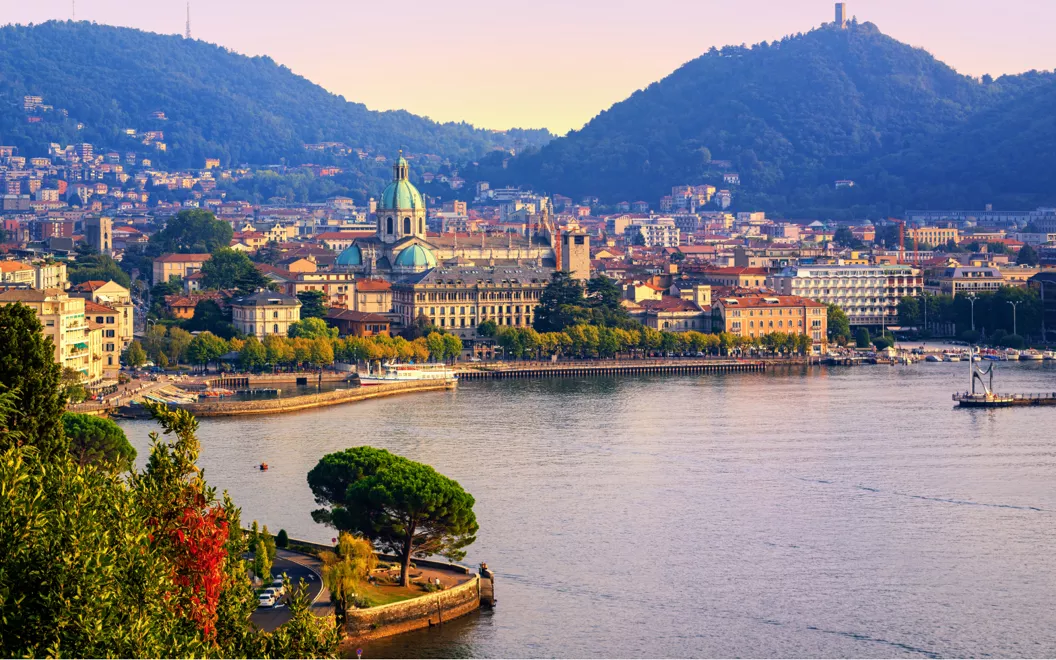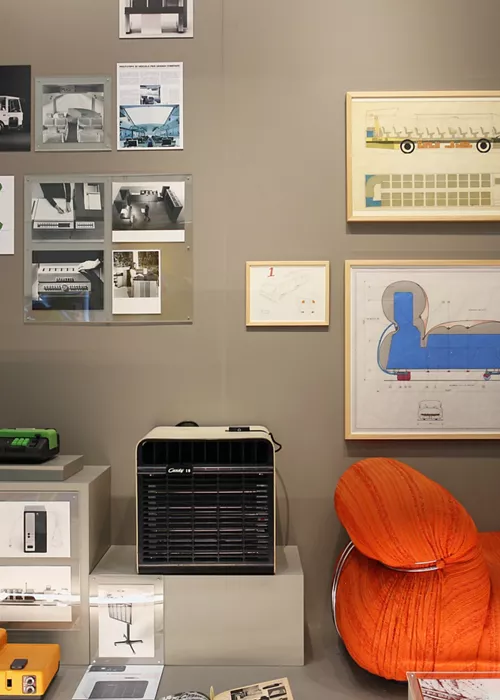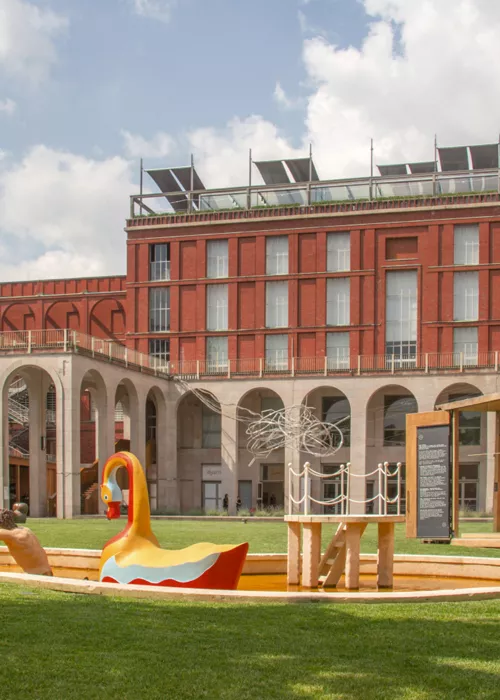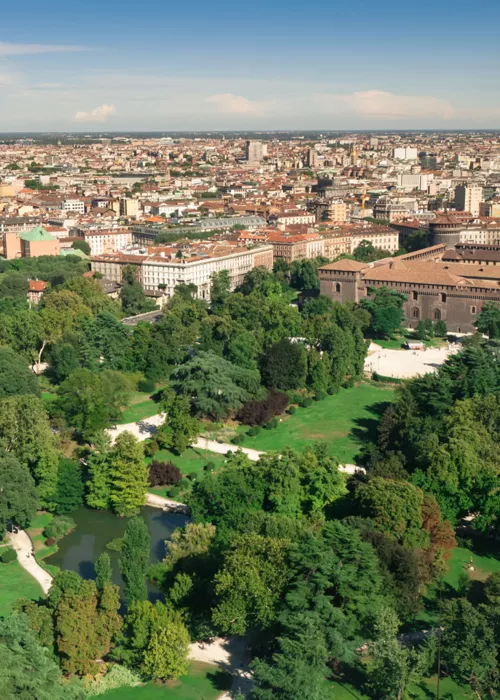Como: back in history, along the silk routes
2 minutes
A visit to the Educational Silk Museum during a trip to the Lombardy city bathed by the lake of the same name is a must to discover all the stages of silk production and processing.
From yesterday to today
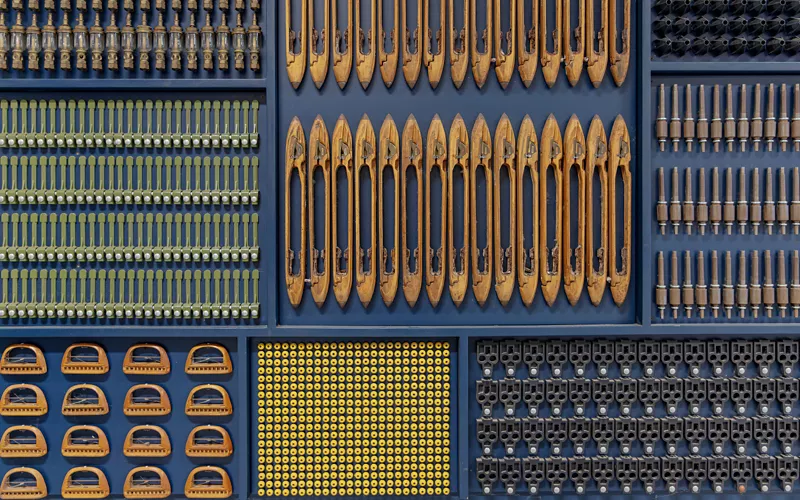
The city has not always been the silk capital of the world. Once, around the year 1000, silk processing was widespread in Italy, especially in the southern regions.
It was around 1400 that the great revolution took place, when Ludovico Sforza asked farmers to start cultivating mulberries en masse. The fruit is the silkworm's food and the patron Ludovico was called “the Moor” because the silkworm's insect was called “bombix mori” in Latin.
In the springtime, women and children gathered mulberry leaves to grow the worms that would produce the thread for the cocoon.
However, it was not until the 18th century that silk production in Como became industrialised and spinning mills and weaving mills sprang up everywhere.
Did you know?
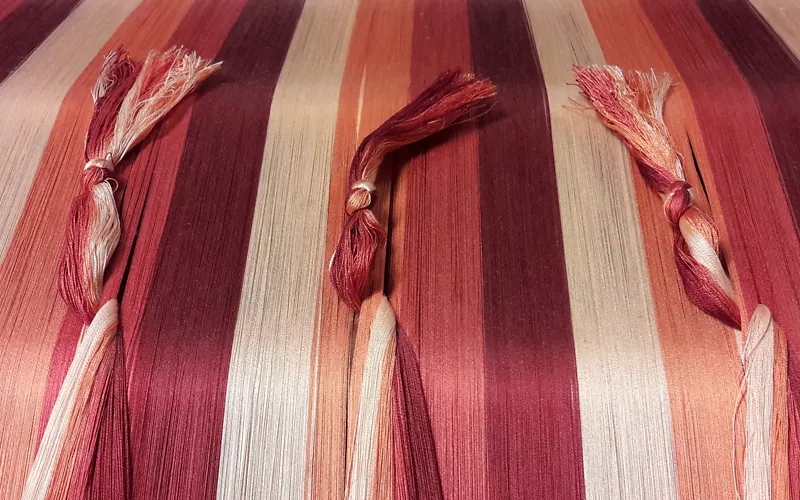
The silkworm thread is cut and joined with others when it reaches a length of 1500 m, so that the transformation into silk fabric can begin. Como is still important far beyond national borders for silk production, but silkworm breeding no longer carries the weight it once did. A large part of the thread now used, although destined for high-end production, is imported from China and Brazil.
Como, loved by international brands
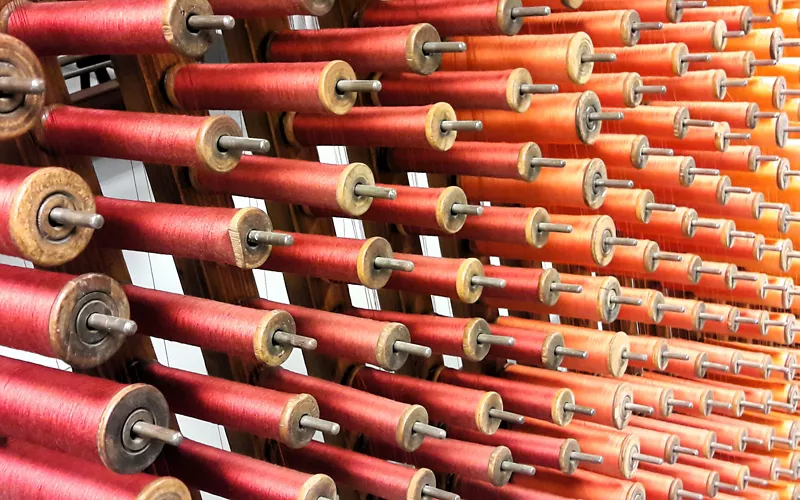
Como's enduring popularity in the silk industry is primarily thanks to the high quality of the fabric made in its printing works and silk factories. This is why fashion houses from all over the world come here to choose garments and accessories, from ties to scarves.
The Silk Museum
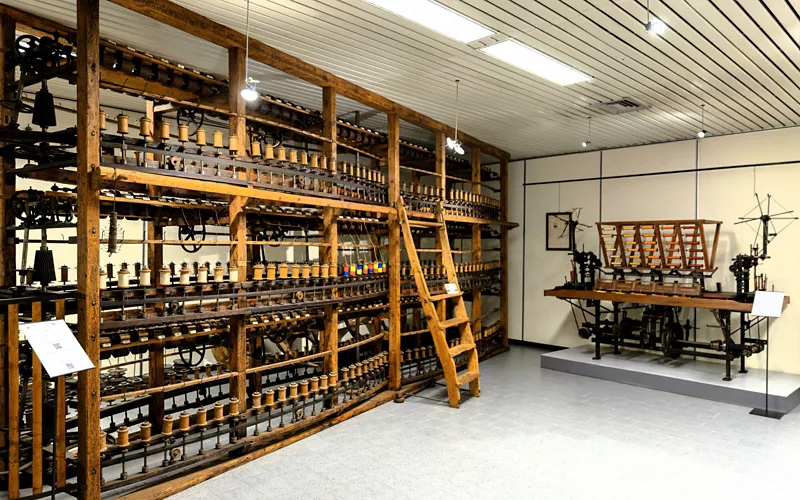
At the Silk Museum, just outside the city centre, visitors can learn all about silk and how it has allowed the Como area to progress, both economically and socially. The exhibition tells the story of the city's silk industry.
Inside, you will find antique twisting, weaving, dyeing and printing machines. There's also a section about the breeding of silkworms, followed by exhibits of the finished material, including a collection of vintage Art Nouveau billboards.
To complete your knowledge on the subject, Como also has a textiles museum, Museo Studio del Tessuto, which was created thanks to Antonio Ratti's collection of vintage textiles. Housed in the beautiful setting of Villa Sucota, it contains more than 3,300 exhibits and over 2,500 books, with a library specialising in textiles and contemporary art.
Finally, there's the Mulberry Growing Centre in Cassina Rizzardi, which has purely educational purposes.

